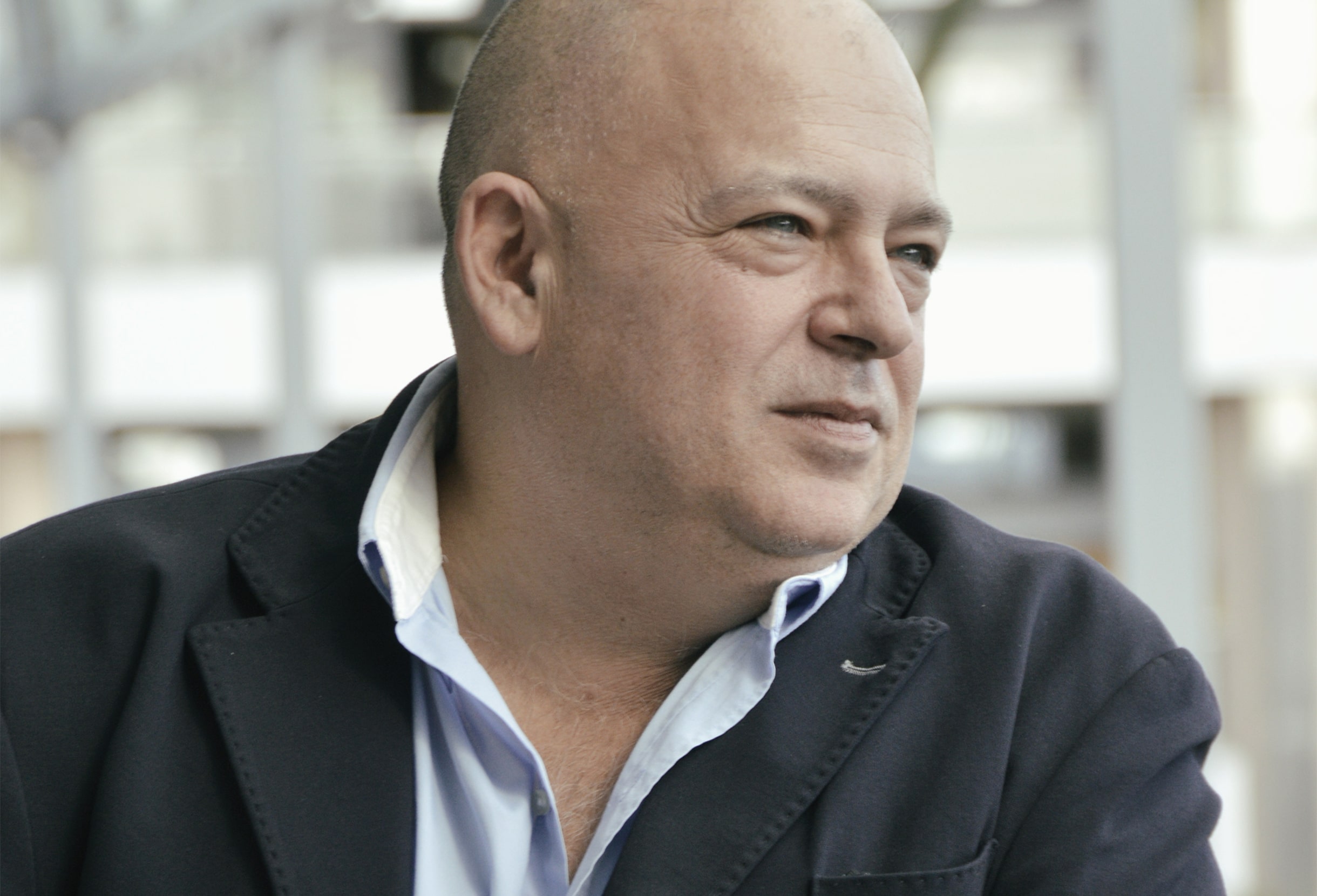
Source: Preziosa Magazine
EN
The diamond supply market is experiencing strong growth
after the 2020 slowdown caused by the pandemic. We discussed this with Sergio Sorrentino, an expert (E-diamond grader IGI Antwerp) and long-time industry professional, founder of the platform diamondsonline.it, owner of E-Motion Natural Diamonds, a leading company in the trade of natural diamonds, and owner of Easydiam, “which is another company,” the entrepreneur points out, “not born as a spin-off of E-Motion but shining with its own light and dealing with Lab-Grown diamonds.”
Natural and lab-grown diamonds. Mr. Sorrentino, if you had to choose one single criterion to differentiate them, what would it be?
“The main difference is their value. We are fortunate: the Italian market is very traditional and pays great attention to value. This has been an advantage: when we entered the diamond market, the American and British markets, which had been trailblazers, had already faced issues and distortions.”
What kind of issues?
“A potential cannibalization of the natural diamond sector. Since they don’t consider value, younger generations have focused more on the aesthetic aspect.”
Does this mean that a company’s policy and its transparent relationship with the market and the buyer become crucial?
“The sale of diamonds must follow a delicate process that always needs to be straightforward and transparent to guarantee the customer’s trust in their purchase. For some time now, we’ve been training our salespeople with ethical sales techniques to avoid damaging the perception of the sector. It’s crucial to be mindful of how we present ourselves.”
What direction is the diamond market heading in?
“We recently discussed this during the fifth gemology conference held in Rome. Researchers, gemologists, industry professionals, and enthusiasts participated in an event dedicated to education and updates in a constantly evolving sector. I was invited to speak about lab-grown diamonds, which will very soon flood the market.”
What are their strengths and weaknesses?
“There are both positives and negatives. Weaknesses: they are diamonds in name only; they don’t have intrinsic value and lack resale potential. Positives: they allow us to create jewelry, even beautiful pieces, through designs that would have been incredibly expensive if made with natural diamonds. Creations with lab-grown diamonds don’t give off an artificial or fake effect, as would be the case, for example, with cubic zirconia. Lab-grown diamonds will become consumer electronics or technical equipment. Natural diamonds, on the other hand, are destined for a very high-priced niche.
Of course, we’re talking about two different products: lab-grown diamonds share the same chemical composition as natural diamonds—both are made of pure carbon in a cubic crystalline form. The difference lies in how they are formed. Natural diamonds are formed beneath the Earth’s surface over millions of years, while lab-grown diamonds can be created in a laboratory within a few weeks through two industrial methods.”
IT
Il mercato delle forniture di diamanti sta vivendo una forte crescita, dopo la battuta d’arresto del 2020 causata dalla pandemia. Ne abbiamo parlato con Sergio Sorrentino, perito (E-diamond grader IGI Anversa) e commerciante di lunga esperienza nel settore, fondatore della piattaforma diamondsonline.it, titolare di E-Motion Natural Diamonds, azienda leader nella commercializzazione di diamanti naturali e titolare di Easydiam, «che è un’altra azienda – precisa l’imprenditore – non nata da una costola di E-Motion ma che brilla di luce propria e tratta i diamanti Lab-Grown».
Diamanti naturali e realizzati in laboratorio. Sorrentino, dovesse scegliere un solo criterio che li differenza quale indicherebbe?
«La prima differenza grossa è il valore. Siamo fortunati: il mercato italiano è molto tradizionale, c’è grande attenzione per il valore. È stato un vantaggio: quando siamo arrivati nel mercato dei diamanti, il mercato americano e inglese che erano stati apripista avevano già affrontato problematiche e distorsioni».
Di che genere?
«Una possibile cannibalizzazione del settore naturale. Poiché non considerano il valore, le nuove generazioni hanno dato peso soprattutto all’aspetto estetico».
Diventano dirimenti, dunque, la policy di un’azienda e il proprio rapporto trasparente con il mercato e l’acquirente?
«La vendita dei diamanti si effettua attraverso un percorso delicato che deve essere sempre lineare e pulito affinché possa garantire l’acquisto da parte del cliente. Già da tempo formiamo i nostri venditori con tecnica di vendita etica per non distruggere la percezione che si ha del settore. Bisogna stare attenti a come ci si pone».
In quale direzione va il mercato del diamante?
«Ne abbiamo discusso di recente, durante il quinto convegno di gemmologia che si è svolto a Roma. Ricercatori, gemmologi, operatori e semplici appassionati sono stati in una kermesse dedicata alla formazione e all’aggiornamento in un settore che è in continuo e costante mutamento. Sono stato invitato a parlare del diamante Lab grown che molto presto invaderà il mercato»
Quali sono le sue potenzialità?
«Punti di debolezza e di forza. Le negatività: di diamante ha solo il nome, non ci sono i valori e non ha rivendibilità. Gli aspetti positivi: ci permette di fare gioielleria e di realizzarla anche in modo bello, attraverso creazioni che sarebbero state costosissime, se fossero state realizzate con diamanti naturali. Le creazioni con diamanti Lab-grown non lasciano l’effetto di artificiale e finto, come accadrebbe, ad esempio, utilizzando zirconi. Il diamante lab grown sarà l’elettronica di consumo, l’apparecchiatura tecnica. Il diamante naturale, invece, è destinato ad una nicchia di prezzo molto alto. Parliamo ovviamente di due prodotti diversi: i diamanti Lab Grown condividono la stessa composizione chimica dei diamanti naturali, entrambi sono costituiti da carbonio puro in una forma cristallina cubica. La differenza tra i due è il modo in cui si formano. I diamanti naturali si formano sotto la superficie della terra per milioni di anni, mentre i diamanti Lab Grown possono essere creati in laboratorio in poche settimane attraverso due metodologie industriali».
We will keep you updated on news regarding the world of diamonds and everything that concerns Diamondsonline.it
info@diamondsonline.it
(39) 379 1471 718
© 2024. Diamondsonline. All Right Reserved.